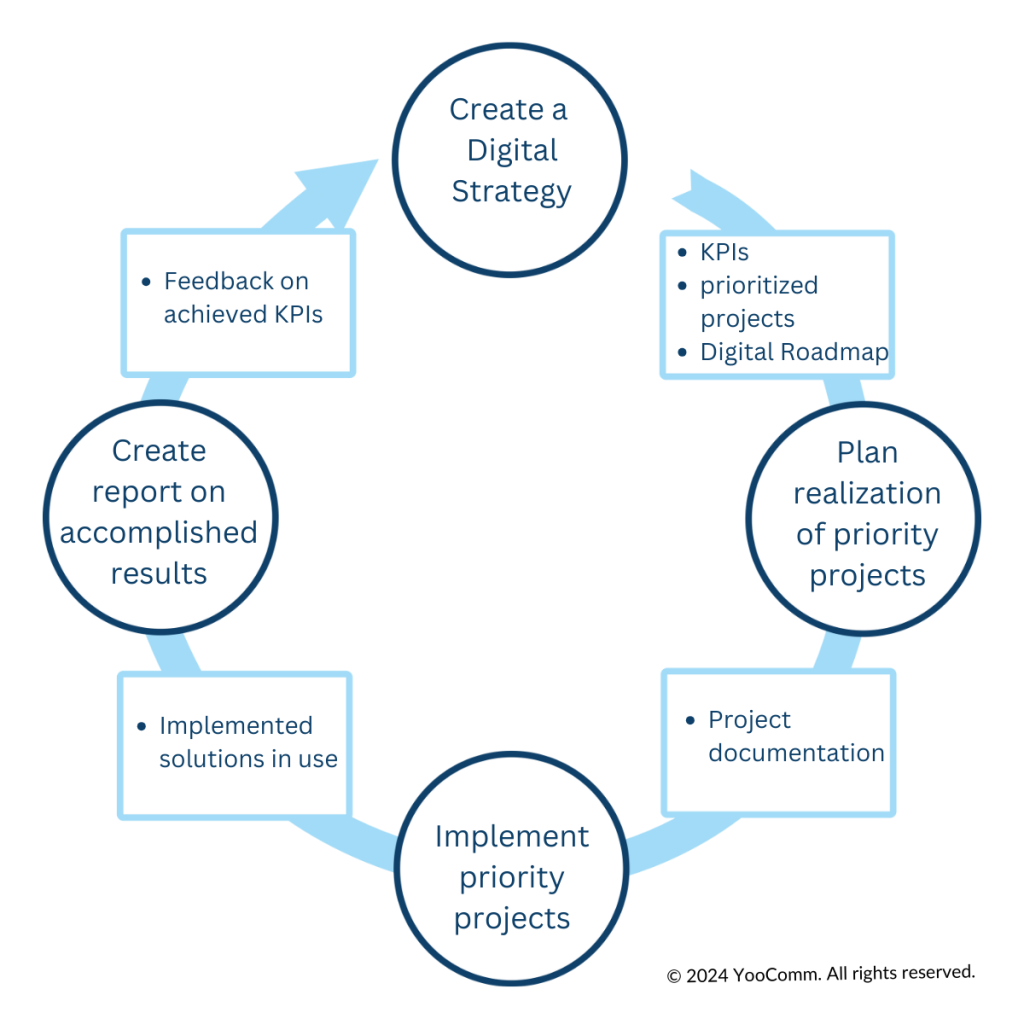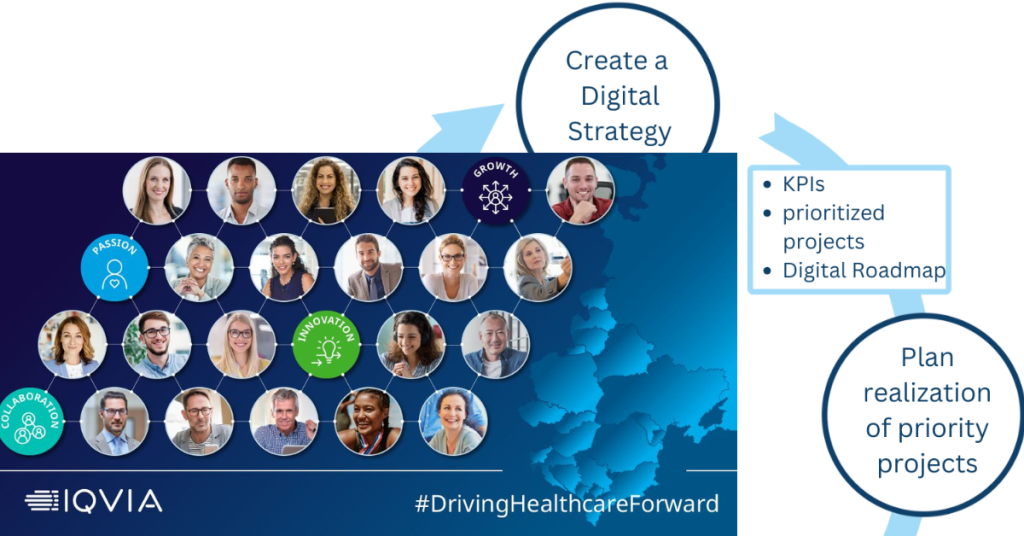Author: Nedžad Junuzović
Last week, I attended a great IQVIA conference in Sarajevo on healthcare sector digital transformation. One speaker shared a vision: “If I’m on vacation in Spain and need medical help, I want the doctor to access my health records from Bosnia and Herzegovina.” This scenario, however, is still out of reach for Bosnia and many other European countries. A very engaging panel discussion at the end of the day inspired me to write this post, particularly because of a simple yet impactful question posed by a conference participant to the panelists: “OK, what are our next steps?” They were asking about the next steps in digital transformation for Bosnia’s healthcare sector. Although the question was straightforward, the response wasn’t, and it sparked a lively discussion.
Before answering the question on possible next steps, it’s essential to understand that digital transformation is not just a project but a complex process of integrating digital technologies into all aspects of business, leading to significant changes in the organization’s operations. This process allows organizations to improve their operations, create new value, and gain a competitive advantage. Digital transformation isn’t just about adopting new technology; it’s about changing the organization’s culture and structure. Essentially, it’s the most important process an organization should establish and optimize to succeed in today’s dynamic environment.

If we understand digital transformation as a process, the answer to the question about next steps is quite simple. The first step in digital transformation for any organization, including healthcare facilities, is creating its own digital strategy. This strategy outlines a roadmap with potential projects and goals achievable through digital solutions. With these digital strategies, responsible entities at cantonal, federal, and state levels can have the necessary information to create policies, allocate funds, and adjust regulations at the entity or even state level. The complexity is likely increased by the unfounded fear within the public sector of losing authority at various levels of public administration. Therefore, it’s crucial to view all healthcare facilities, public health institutes at the cantonal and entity levels, and health insurance and reinsurance institutions across Bosnia as a unified, integrated system. This is likely one of the unique challenges in countries like Bosnia and Herzegovina.
So, creating a digital strategy is the first shared step for all organizations, including healthcare facilities. Subsequent steps should be determined based on each organization’s context. While healthcare management is most familiar with their specific context, here are a few key recommendations:
- Establish a Team: Within each healthcare facility, form a team with the skills necessary for implementing digital transformation. Clearly define roles within the team, and treat the process as a project.
- Create a Short-Term Digital Strategy: Plan your digital strategy for a period of one to two years. Start with the highest-priority project from the defined digital transformation project portfolio.
- Ensure Agility Before Implementation: Before beginning the first project, make sure that your organization’s structure and procedures allow for a sufficient level of business agility.
- Invest in Your IT Unit: Develop your IT team, focusing on skills for managing complex projects. Don’t leave project management entirely to external providers of digital (software) solutions. Managing these projects is primarily your responsibility. Engage the best people for this work. If you lack internal talent, hire a project manager who isn’t affiliated with the digital solution provider.
- Engage an Unbiased Digital Transformation Consultant: Select a consultant who isn’t tied to market solutions. Choose one only after interviewing multiple candidates.
Given the recent challenges like COVID-19, we don’t need to emphasize how important digital transformation in healthcare is for all of us.
Therefore, healthcare leaders, move forward bravely… For the good of everyone.

